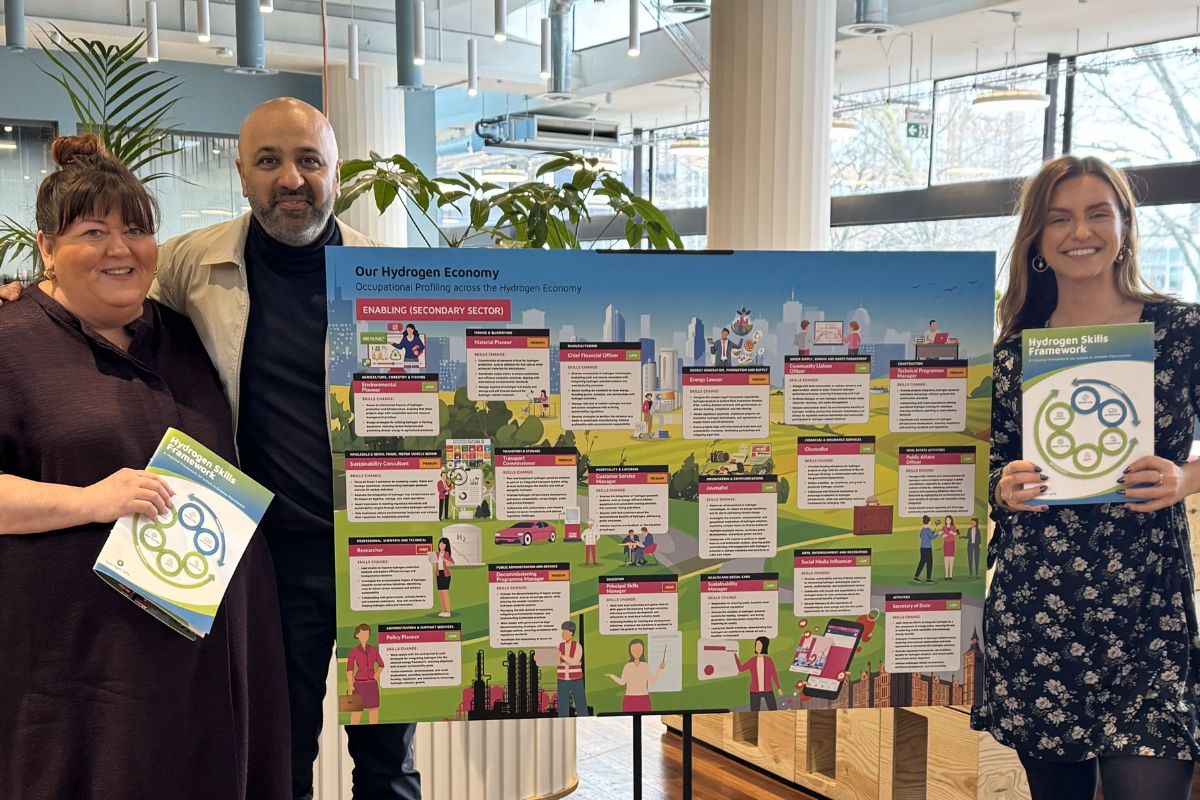How to create & adapt individual learning plans that work for your apprentices

If you’re a trainer or assessor in the apprenticeship space, you know how important it is to have a good individual learning plan (ILP) for each of your apprentices. An ILP isn’t just a document that you fill out once and forget about. It should be a living, breathing tool that helps you and your apprentice to set goals, track progress, identify challenges and celebrate achievements.
In this blog post, we set out why it’s essential to create learning plans that can be adapted for each learner as the apprenticeship progresses…
Why is it important that an ILP is truly individualised?
An ILP isn’t just a tick-box for compliance purposes. It’s a way of showing your apprentice that you care about them as an individual, and that you’re committed to helping them succeed. Good ILPs help to:
- prevent early withdrawals
- keep the apprentice motivated and engaged in their learning
- help the apprentice develop the knowledge, skills, and behaviours needed for their chosen career
- help the apprentice achieve their full potential and complete their apprenticeship successfully
- make the apprentice feel supported and valued by you and their employer
By truly individualising your ILPs and adapting things as the apprenticeship progresses, you’ll not only achieve better outcomes for individual apprentices but the training provider too!
How do you create and adapt an ILP that works for your apprentice?
Here are some tips:
- Involve your apprentice in the process – Ask them about their goals, preferences, expectations, and feedback. Listen to their voice and respect their choices.
- Review the ILP regularly – Schedule frequent meetings with your apprentice to monitor their progress, celebrate achievements, identify any issues or gaps, and agree on any changes or actions.
- Involve the employer – Make sure employers are involved in these discussions. Feedback on how the apprentice is performing in the workplace will help to shape targets and goals, and will make sure apprentices are given the support needed to progress in their learning.
- Use a variety of methods and tools – Don’t rely on one format or source of information. Use different types of assessments, observations, feedback, portfolios, etc. to capture the full picture of your apprentice’s learning.
- Be creative and flexible – Don’t be afraid to try new things or adapt existing ones. Experiment with different strategies, resources, activities, etc. to suit your apprentice’s needs and preferences.
- Seek support and guidance – Don’t hesitate to ask for help or advice from your colleagues, managers, mentors, coaches, etc. You’re not alone in this journey. You can also learn from other’s experiences and best practices to adapt your ILP to best support individual apprentices.
Further support
If you want to learn more about how to create and use high-quality training plans that work for your apprentices, join our Masterclass in Creating and using individual training plans
Led by SDN’s curriculum and assessment expert Chris Cherry, this masterclass is designed for mid-level managers and front-line staff involved in apprenticeship training. You’ll cover:
- Key components of the training plan, including curriculum and compliance requirements
- Using the apprentice’s initial assessment and wider support needs
- Writing and building in learning objectives
- Using the training plan to signpost to strategies for learning
- Integrating maths, English, and digital skills
- Using and adapting the plan throughout an apprentice’s learning journey
During the session, you’ll work on short activities with your peers to help you develop a clear model for ILPs that works for you and your setting.











Responses